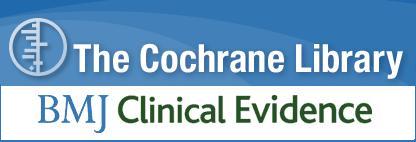BMJ 2016; 354 doi: http://dx.doi.org/10.1136/bmj.i3942 (Published 14 July 2016)Cite this as: BMJ 2016;354:i3942
- Owen Dyer
 American states that allow patients access to medical marijuana are seeing fewer prescriptions per doctor for pharmaceutical drugs in several disease categories where marijuana is a potential treatment, a study in Health Affairs has found.1
American states that allow patients access to medical marijuana are seeing fewer prescriptions per doctor for pharmaceutical drugs in several disease categories where marijuana is a potential treatment, a study in Health Affairs has found.1
Proportionally, the greatest reduction was in medicines for spasticity. The average physician in a state without medical marijuana prescribed 2068 doses, but in states with access to medical marijuana this fell by 20% to 1645 doses. The apparent effect was also marked in seizure medicines. The average physician in a state without medical marijuana prescribed 9368 doses, but in states with medical marijuana access this fell to 8029 doses.
The greatest reduction in terms of overall quantity was in pain medication. The annual average dose per physician was 31 810 doses in states without medical marijuana, but 28 166 in states with the option.
Other categories that saw effects were anxiety, depression, nausea, psychosis, and sleep disorders. All were prescribed between 8% and 13% less often in the 17 states that offered medical marijuana access when the analysis was performed. Since the study was conducted, seven more states have joined that group.
As a control measure, the research team from the University of Georgia also looked at several drug classes that faced no competition from medical marijuana, including flu antivirals, antibiotics, and blood thinners. They found no change in prescribing habits in these drugs.
The study used data from Medicare part D, limited to patients aged 65 and older. This may understate the global effect, the authors said, as previous research had found that this age group was the most resistant to medical marijuana.
Medicare saved $104.5 million (£78.6m; €94m) in 2010 and $165.2m in 2013 because of these reductions in prescribing, the study found. If the pattern were replicated in all 50 states it would have saved Medicare roughly $468m in 2013, or 0.5% of the program’s total spending.
Prescriptions of one drug class rose after medical marijuana was introduced: glaucoma treatments. The authors said that marijuana’s powerful but short lasting relief of glaucoma symptoms might alert patients to the possibility of longer term control through pharmaceuticals.
“Our findings and existing clinical literature imply that patients respond to medical marijuana legislation as if there are clinical benefits to the drug, which adds to the growing body of evidence suggesting that the schedule 1 status of marijuana is outdated,” the authors said. A schedule 1 drug is deemed to be harmful with no possible medical value and cannot normally be studied as a clinical drug.
Previous research had found that prescription opioid overdose mortality was lower in states that offered medical marijuana, a correlation that has strengthened over time.2
Several media investigations have reported that pharmaceutical corporations were major sponsors of the marijuana prohibition lobby, including Purdue Pharma, maker of OxyContin (oxycodone), and Abbott Laboratories, maker of Vicodin (hydrocodone)—two of the opioids most closely linked to America’s epidemic of prescription drug overdose. Other major sponsors of marijuana prohibition were the beer industry, police unions, and the private prison industry.3


